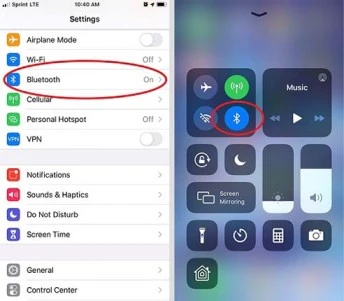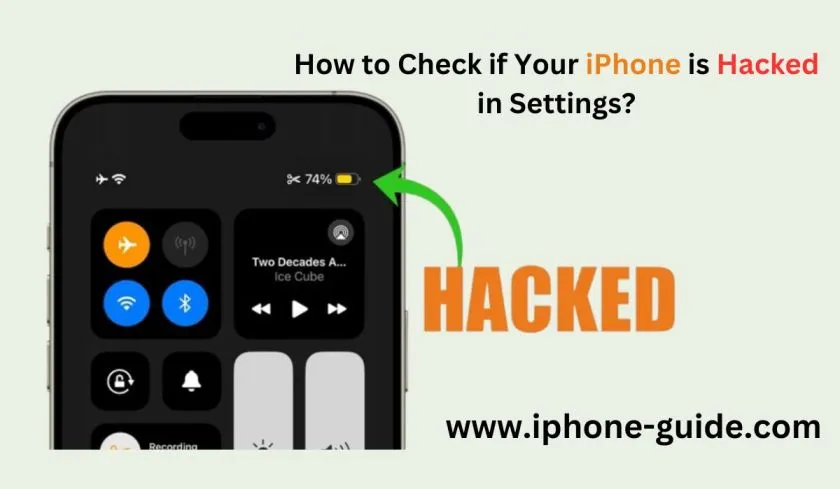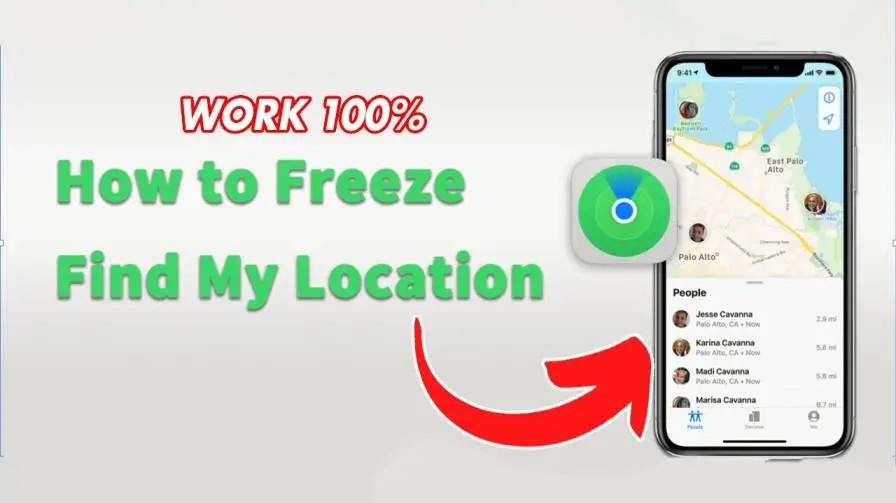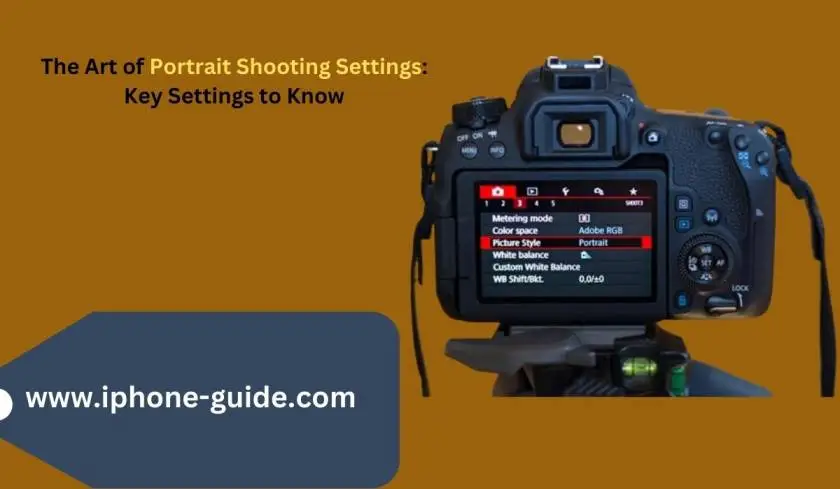
How to Reduce Headaches with Customers

Some people are just plain unpleasant to deal with. No matter how many hoops you jump through or how nonflexible you try, you can’t please them.
Unfortunately, when you work for yourself as a photographer, it’s likely you’ll run wideness one of these bad apples a time or two. However, you can protect yourself from the misunderstandings that are often at the root of these troubles.
Let’s squint at a few simple guidelines you should follow with every one of your customers.

Set Expectations
The most worldwide reason photographers run into problems with clients is unclear expectations. The vendee had one thing in mind and you didn’t unhook — at least from their perspective. You might have had no idea that they were expecting such a thing.
For example, most people have no idea how long it takes to process and edit photos. They think you’re taking pictures with a digital camera, how nonflexible can it be to email them over real quick? Why wouldn’t you be worldly-wise to send them their photos the next day?
You’re the professional, you know the work and time that goes into editing and putting together a gallery. You have to communicate this to your customers. What happens when the consumer knows superiority of time that they’ll have to wait two weeks for their pictures? They will be much increasingly patient with that time frame than one who is expecting them in 24 hours.
What are some things you should set expectations about? The short wordplay is everything. But, since we’re all learning here, let’s swoop in a little deeper.
What They’ll Receive
The vendee needs to know what they’re getting. Only digitals? Only web resolution files with an option to purchase high-resolution for printing?
Maybe they don’t get any images at all. Maybe you tuition a session fee and they buy the photos later at your post-session meeting.
Whatever merchantry model you use, make sure they understand how it works beforehand. Anyone would be surprised and a little upset to find out they have to pay uneaten to get their images if they were expecting them to be included!
How Long it Will Take
As we mentioned earlier, most people have no idea how long it takes to edit photos. If you unhook proofs first, you need to communicate a time frame.
Do the clients get to pick a unrepealable number of images? How long will the gallery remain unshut for them to decide?
Do you offer prints or albums? How long do those take to diamond and arrive?
Don’t make your clients guess well-nigh timeframes or indulge them to assume. Tell them well-nigh it upfront to stave misunderstandings later.
How Much Will it Cost?
Price is a big deal and many whence photographers struggle with this. In a digital age where everybody is snapping really nice pictures on their smartphones, many people don’t understand the value of professional photography.
When they hear your prices, they might be squandered away. If that number comes up too far into the discussion, they might finger that you were “leading them on” plane though you obviously weren’t.
Having a price list on your website can help ensure that the people who contact you are once willing to pay your prices. But alimony in mind that not everyone will have read it first.
However, some photographers prefer not to ventilate their prices so they don’t momentum yonder potential clients. Making contact with the potential vendee gives them the opportunity to educate the vendee and convince them their prices are worth it.
You can decide how you want to handle things and much of it depends on your repletion level with sales. However, you never want customers to finger like you were “leading them on” or plane stuff downright deceptive. So be clear.
When You Are Available
Another important expectation to set is when you are available. This doesn’t midpoint just your session times, it includes when you are misogynist to respond to consumer concerns.
You might unchangingly take Wednesdays off for family obligations. If your vendee doesn’t know this, they will think you are ignoring their Tuesday night email all day Wednesday and may get upset.
Specifics of the Shoot
Plan your shoots older and communicate with the client. How much time are they booking? What time will the shoot start? Where is it happening? How many people will be involved? What happens if the clients are late/don’t show up? What happens if you’re late (God forbid).
Even if you don’t use a contract (as we’ll talk well-nigh next) you should at the very least write lanugo these specifics. It’s invaluable to have something to come when to later if you need it.

The Importance of Contracts
Wow. This seems like a lot of information to convey to your clients! How do you do this efficiently?
A contract is your weightier bet. With everything written down, you won’t forget something important. Plus, when they sign, they are supporting they have read your terms and stipulate to them. If there is overly a disagreement, you can point when to what it says in the contract.
The vast majority of consumer disputes can be warded off with a well-written contract.
Legal Protection
Beyond the liaison aspect, contracts provide both parties with legal protection. If your clients goof to alimony up their end of the bargain, you are not obligated to return their petrifaction and will receive some recompense for the time you invested.
Likewise, if you don’t meet your obligations, the vendee has a recourse to get what they’ve paid for.
Keep in mind that contracts should be written in such a way that both parties are equally protected. If it is too lopsided in your favor, it may not hold up in court.

Easy Ways to Implement Contracts
But you’re not a lawyer, contracts seem so scary! They are full of legalese and terms like “heretofore” that you barely understand how to use in a sentence.
How are you supposed to write one of these?
You aren’t! It is 100% in your weightier interest to have your contract written by a lawyer (or at least tried by one).
But that sounds expensive!
It can be. However, so is dealing with unhappy clients. Not to mention the stress of it all.
Thankfully, there are simple ways that make it easy for new (or veteran) photographers to handle their contracts. For example, some gallery wordage services like Shootproof have contract services built into their software.
You can purchase lawyer-drafted contracts and tweak them slightly to fit your business. With this document in place, all you have to do is add the client’s name and specifics of the shoot and email it off. Shootproof handles the electronic signing and delivers the contract when to you when the vendee signs.
It’s all automated, easy, and avoids so many potential problems.
Another option is to trammels out the LawTog. This service offers lawyer-created, photographer-approved contracts specific to types of photography such as wedding, pet, or real manor photography.
These contracts are a little increasingly expensive upfront but come with a lot of features and support.
Sign A Contract With Every Client!
Newer photographers might finger nervous well-nigh asking people to sign contracts. They moreover might finger nervous well-nigh stating policies (and sticking to them) or setting boundaries.
In reality, contracts make everything so much easier. Instead of having to tell clients your policies, everything is written out in woebegone and white. If there is overly an issue, you can point when to the contract instead of getting stuck in a “their word versus yours” scenario.
Plus, you seem so much increasingly professional with a contract in place.

You Are Now A Business!
Once you start unsuspicious money to take photographs, you’re not just an ventriloquist with a camera. You are telling people that you can provide a professional service and you must have the professional vein to match.
This is nonflexible for many new photographers. They are often eager to please and are hands excited by the prospect of “exposure.” It isn’t until later on that you start to realize how much people take wholesomeness of that.
But what happens when you start out your interaction with well-spoken expectations and put a contract in place? You’re communicating without words that you are a professional. You know what you’re doing and what it takes to run your business.
You have policies in place for a reason. Just as customers wouldn’t expect a department store to wrench the rules for them, they shouldn’t expect you to wrench anything either.
How is your photography merchantry journey going? Do you have questions well-nigh photography contracts? Let us know in the comments!












